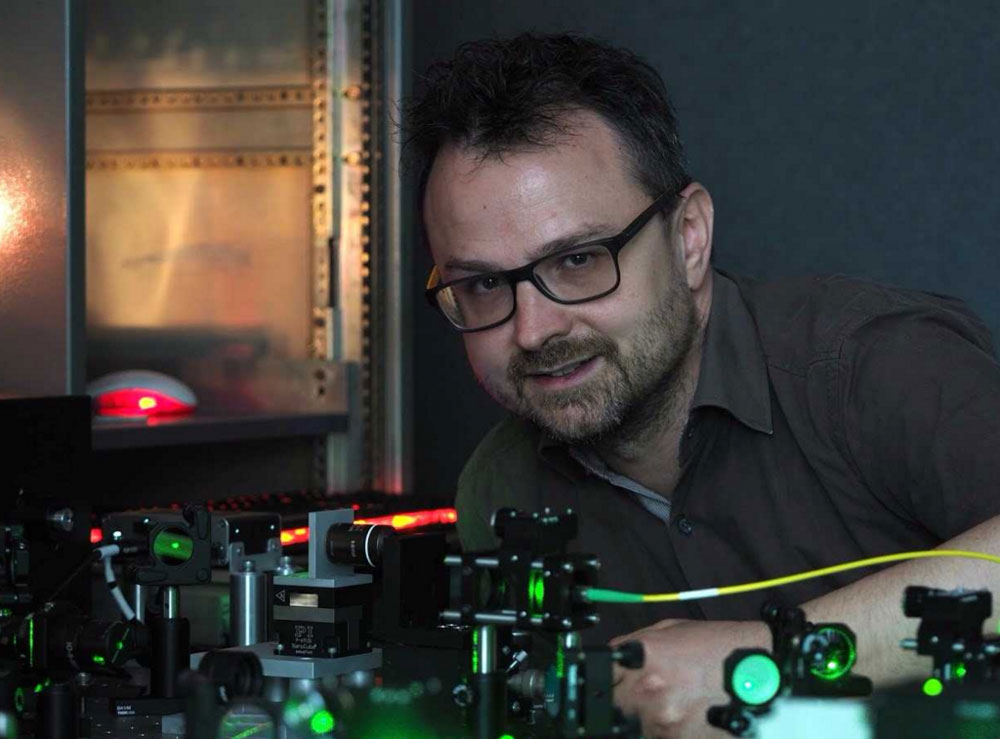Australian scientists have, for the first time ever, manufactured a super tiny, super shiny diamond – which is actually a pretty big deal for the future of quantum technology.
Researchers at Macquarie University have opened up new opportunities for quantum technology with a “superradiant” nanodiamond one thousand times smaller than a human hair.
The researchers achieved this world-first by getting the nanodiamond to maintain its superradiance at room temperature; previously this was only observed with either very big sample sizes or at low temperatures.
Superradiance in nanodiamonds results from nitrogen atoms next to vacant sites nested within the carbon structure, causing defects in the crystal lattice. These nitrogen-vacancy centres work together to produce the brilliant sparkle of superradiance.
“The presence of this ‘cooperative’ behaviour is interesting from a fundamental point of view and will be followed up with further experimental and theoretical studies,” said Macquarie University Associate Professor Gavin Brennen.
The team hopes to exploit the nitrogen-vacancy centre phenomenon to develop brighter nanodiamonds that will be more easily picked up by sensors. The research, published in Nature Communications, has potential applications in the field of bioimaging, as nanodiamonds are non-toxic compared to existing drug markers.
“You can attach drugs to nanodiamonds and then use the concentrated pulse of light sent out by the nanodiamond to track where the drug is going in the sample,” said research leader Dr Thomas Volz.

Nanodiamonds have also been used in cancer treatment to assist with imaging, targeted drug delivery and monitoring the effectiveness of treatments. In particular, they could be useful in treating cancer cells that are resistant to chemotherapy.
Superradiant nanodiamonds have other uses outside of medicine and imaging. They could be used as compasses, as the amount of light they emit varies with their alignment to the Earth’s magnetic field. This property could be useful in magnetic sensors for tracking aircraft, for example.
Renewable energy is another global frontier that nanodiamonds could conquer. According to the Macquarie research team, the superradiant process can be reversed to increase the speed and amount of light absorbed by solar cells in the future.
And in an article recently published in Material Research Innovations, researchers from the Nanoscience and Technology Department in Quaid-i-Azam University in Pakistan stated that nanodiamonds are well-suited to solar cells as they have superior physical properties to other nanocarbons, including resistance to temperature and corrosion. This would make them perfect candidates for solar cell windows in cities of the future.







